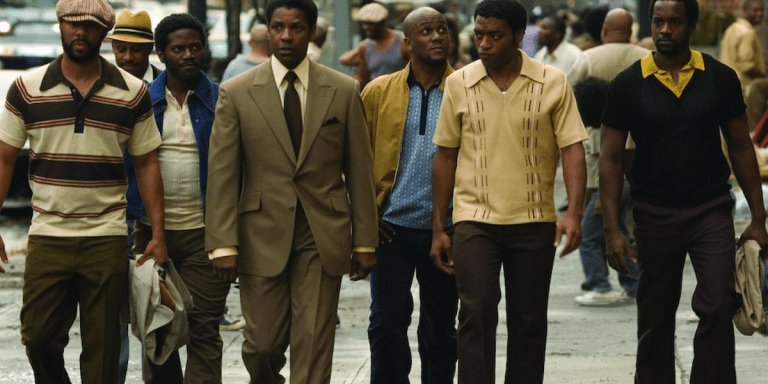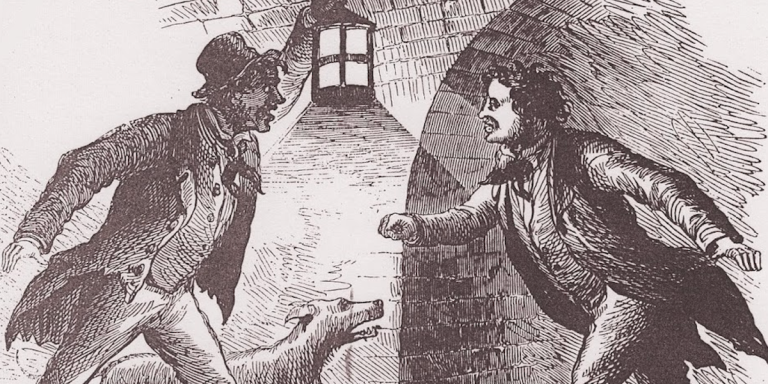The Crime Fiction Pioneer Chester Himes
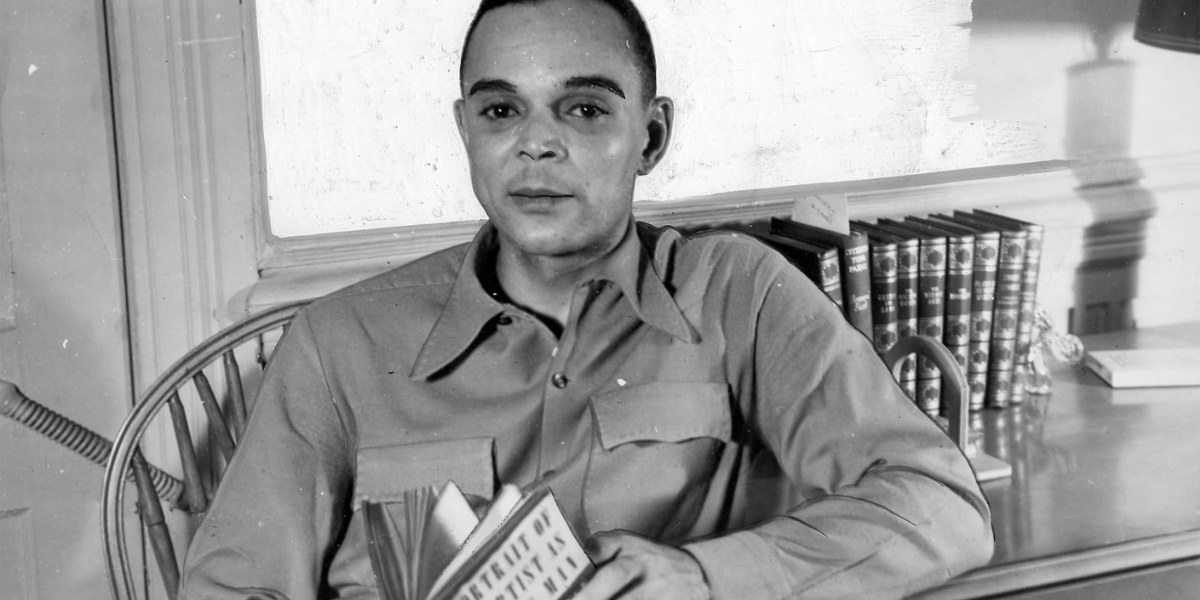 There have been many prolific Black crime fiction authors over the years. Some that may spring to mind straightaway for modern readers are Walter Mosley, Valerie Wilson Wesley, and Attica Locke. It’s also important to remember the pioneering authors that came before them, since they were the ones who helped to make an opening for these voices to be heard. One of these authors was Chester Himes.
There have been many prolific Black crime fiction authors over the years. Some that may spring to mind straightaway for modern readers are Walter Mosley, Valerie Wilson Wesley, and Attica Locke. It’s also important to remember the pioneering authors that came before them, since they were the ones who helped to make an opening for these voices to be heard. One of these authors was Chester Himes.
Himes was born on July 29th, 1909. At age 12, his family moved to Arkansas for his father’s job. There, his brother was blinded from an explosion during a solo gunpowder demonstration that Himes was not allowed to participate in because of earlier misbehavior. When the entire family went to the hospital, they were denied treatment due to the Jim Crow laws of the time. Being a witness to this was something that Himes later recounted stayed with him for the rest of his life.
From there, the family moved to Cleveland, where Himes finished his secondary education and then attended Ohio State University. He was a member of the Alpha Phi Alpha fraternity, but was later expelled for a prank gone wrong. In 1928, he was arrested for armed robbery and sent to the Ohio Penitentiary for a minimum of 20 years of hard labor. That is where and when he began writing, as a way to avoid fighting and earn respect from the prison guards.
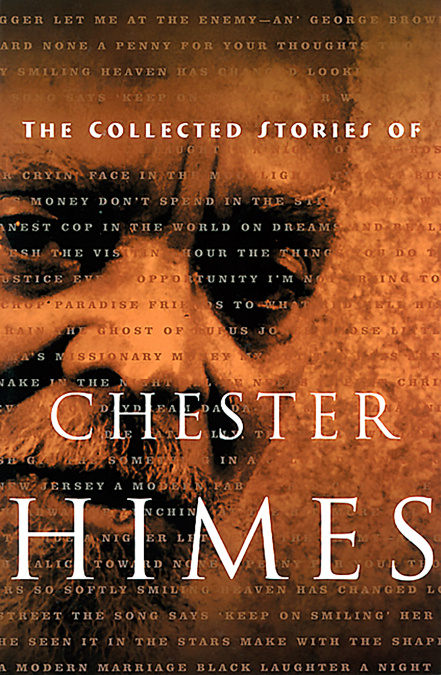 His first stories appeared in The Bronzeman and Esquire in 1931 and 1934 respectively. His short story To What Red Hell and his first novel Cast the First Stone, (republished unabridged in 1998 as Yesterday Will Make You Cry) both dealt with the 1930 fire he witnessed while imprisoned. The novel was also groundbreaking because of the candid attitude it took towards a homosexual relationship, something that was essentially unheard of, or perhaps more accurately, unspoken of at the time.
His first stories appeared in The Bronzeman and Esquire in 1931 and 1934 respectively. His short story To What Red Hell and his first novel Cast the First Stone, (republished unabridged in 1998 as Yesterday Will Make You Cry) both dealt with the 1930 fire he witnessed while imprisoned. The novel was also groundbreaking because of the candid attitude it took towards a homosexual relationship, something that was essentially unheard of, or perhaps more accurately, unspoken of at the time.
In 1936, Himes was released on parole to his mother’s care, and in the 1940s began working as a screenwriter in Los Angeles. During this, he was also writing his most popular novel, If He Hollers Let Him Go (1947). The novel’s protagonist, Robert Jones, is a Black man who faces numerous challenges after being promoted to crew leader in a naval shipyard. He has to contend with the racism and disrespect he receives from the white men he oversees as well as watch how his Black co-workers are targeted. What stands out about this book is its stark and unapologetic view on race relations in the professional world. His personal experiences from watching his brother get denied medical treatment to being imprisoned helped to add even more authenticity to the disparity of overall treatment between the different races. It brought light to how it feels to a minority in any situation with the full knowledge that you are and how the people around you perceive you because of it.
It also touches on the internal rage that the Black community feels at knowing that the deck is stacked against them. Even when they are viewed as ‘one of the good ones’, the moment that they step out of the box assigned to them, they lose the privileges that were given. This is shown when Robert, after having a racial slur used against him by a female character and responded by calling her a bitch, ended up being demoted from the position he had previously been granted. Despite the age of the novel, its themes are still relevant today. The feeling of and actively avoiding being the ‘token’ minority in a workplace setting. The recognition of the oppression of your people and/or wanting to lash out against those oppressors, but not being able to do anything about it. Because no matter what position he was given at the job site, Bob was ultimately still powerless. It’s sobering to realize that this was written over sixty years ago and these problems are still being faced today. This was made into a movie in 1968, although Himes was uncredited
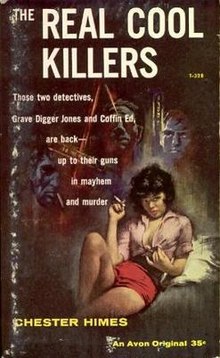 Himes is also known for his Harlem Detective series, featuring Coffin Ed Johnson and Gravedigger Jones. These stories had more of a biting sense of humor as well as the realistic outcomes of street situations and justice, which tended to be fatalistic endings. As such, funeral homes and funeral director H. Exodus Clay was also featured prominently.
Himes is also known for his Harlem Detective series, featuring Coffin Ed Johnson and Gravedigger Jones. These stories had more of a biting sense of humor as well as the realistic outcomes of street situations and justice, which tended to be fatalistic endings. As such, funeral homes and funeral director H. Exodus Clay was also featured prominently.
These New York City police detective starred in a total of eight books: A Rage in Harlem, The Real Cool Killers, The Crazy Kill, All Shot Up, The Big Gold Dream, The Heat’s On, Cotton Comes to Harlem, and Blind Man with a Pistol.
Even though Himes maybe someone that has largely been overlooked and forgotten over the years, he helped to set the stage for this specific type of noir fiction that is still prevalent in the Black community. He also helped to set the stage for Black writers to have a place in the mystery genre by taking his own experiences growing up and in prison to bring more authenticity to those stories. Although he didn’t start reading Himes until after he was writing, a clear comparison can be drawn between Walter Mosley’s Easy Rawlins. The same can be said of Valerie Wilson Wesley’s Tamara Hayle. Like the Harlem Detectives, both series stars Black characters with a background in law enforcement who were also able to bring their knowledge of street justice to the table. This made them forces to be reckoned with, both by their peers and the people they were in charge of trying to protect.
Because of his pioneering efforts to make a place for Black authors in genre fiction, Chester Himes should be recognized as a groundbreaking crime fiction writer, deserving of all the attention and accolades
By clicking 'Sign Up,' I acknowledge that I have read and agree to Hachette Book Group’s Privacy Policy and Terms of Use
What to Read Next
PN Hinton was born into a family of readers. This love stayed with her through earning a BA in English with an emphasis on Creative Writing. A Texan girl born and bred, she resides in Austin with her small but wonderful family. She is a Contributing Editor over at Book Riot.

